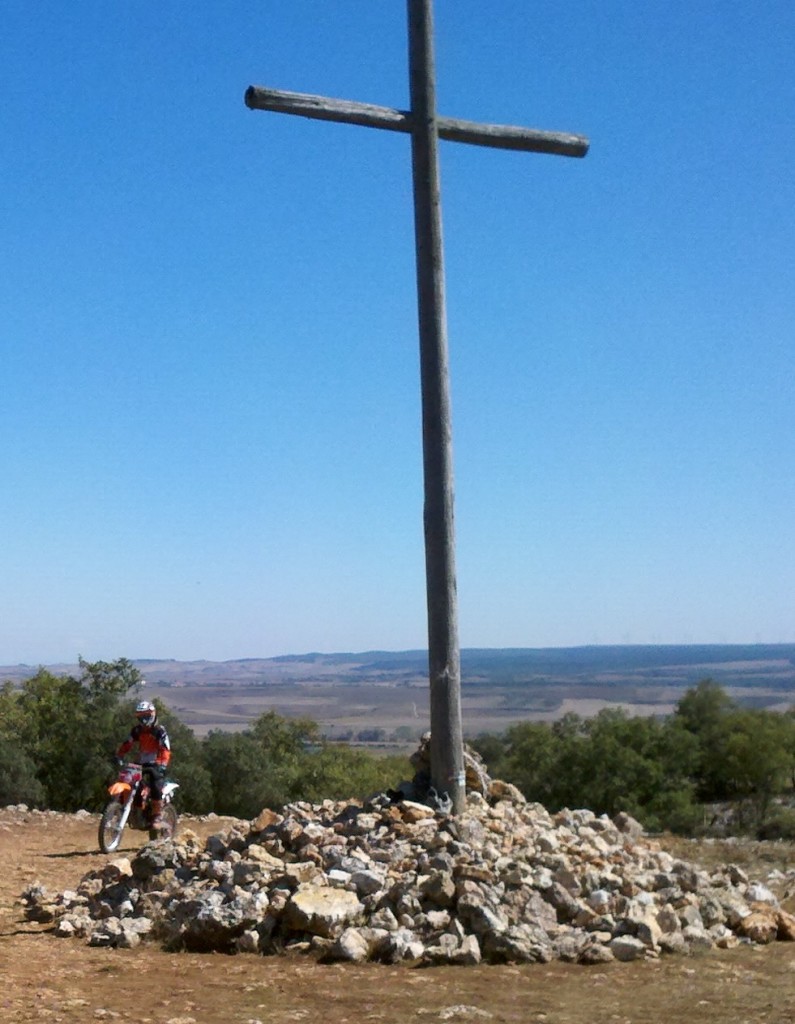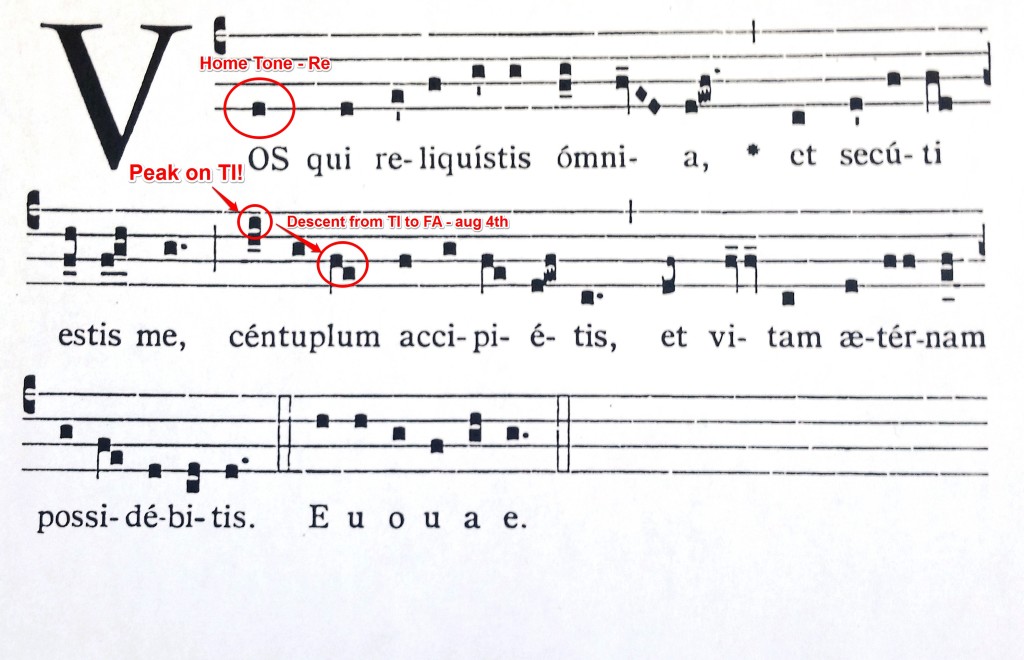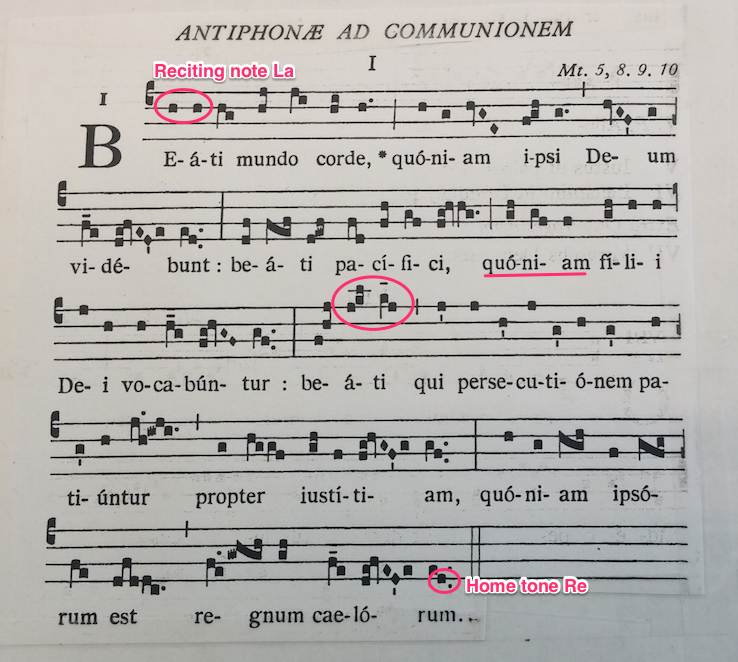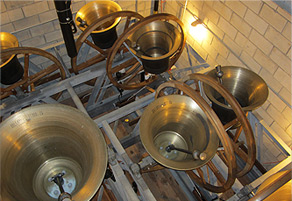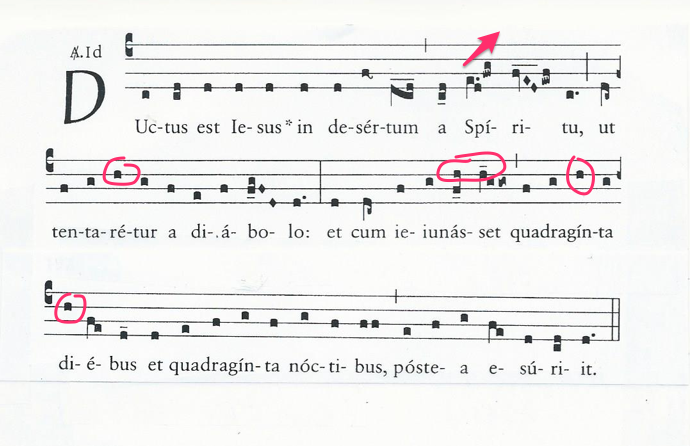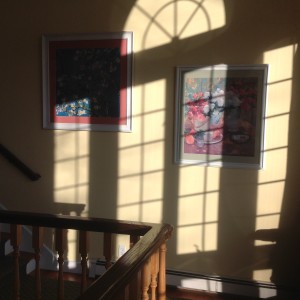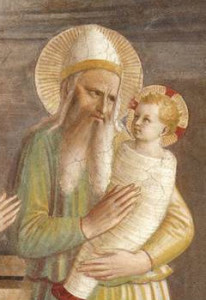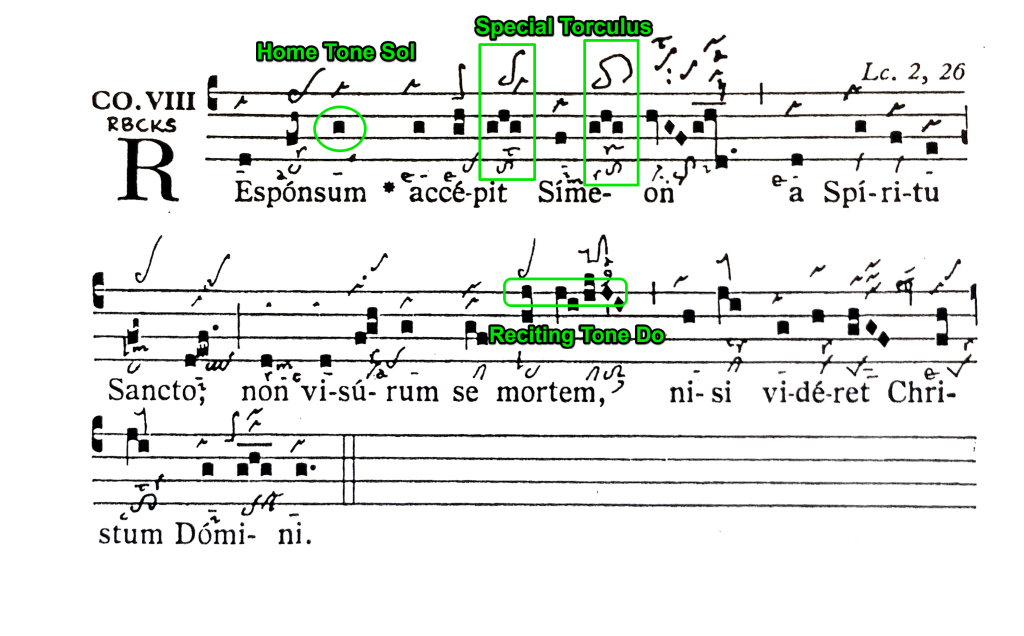Sometimes the etymology of a word can be helpful. Lent is derived from an Old English word meaning springtime. In Latin, lente means slowly. Therefore, Lent points to the coming of spring, and it invites us to slow down our lives so as to be able to take stock of ourselves. While that captures some of the traditional meaning of Lent, the popular mindset generally has a different focus, looking at Lent mostly as a season within which we are asked to refrain from certain normal, healthy pleasures so as to better ready ourselves for the feast of Easter.
To further our understanding, perhaps the foremost image for this is the biblical idea of the desert. Jesus, we are told, inorder to prepare for his public ministry, went voluntarily into the desert for forty days and forty nights, during which time he took no food, and, as the Gospel of Mark tells us, was put to the test by Satan, was with the wild animals, and was looked after by the angels.
Clearly this text is not to be taken literally to mean that for forty days Jesus took no food, but that he deprived himself of all the normal supports that protected him from feeling, full-force, his vulnerability, dependence and need to surrender in deeper trust to God the Father. And in doing this, we are told, he found himself hungry and consequently vulnerable to temptations from the devil, but also, by that same token, he was more open to the Father.
Lent has for the most part been understood as a time to imitate this, to metaphorically spend forty days in the desert like Jesus, unprotected by normal nourishment so as to have to face “Satan” and the “wild animals” and see whether the angels will indeed come and look after us when we reach that point where we can no longer look after ourselves.
Excerpt b y Ronald Rolheiser, OMI, From God For Us, Paraclete Press
y Ronald Rolheiser, OMI, From God For Us, Paraclete Press
Follow us
https://www.facebook.com/communityofjesus.org
